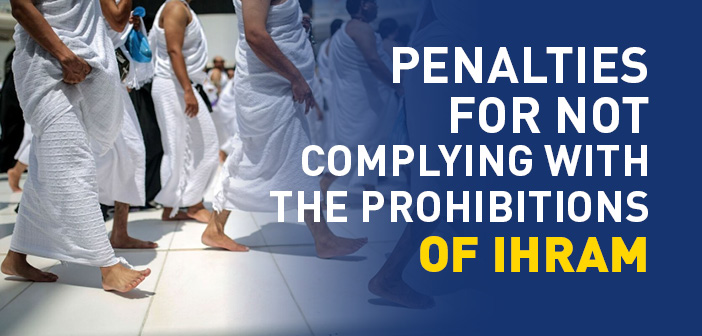
Shafi’i School
What is shafii school?
a. Imam al-Shafi’i (150-204 AH / 767-819 CE)
Abu Abdillah Muhammad b. Idris al-Shafi’i, who was born in h. 150 in the town of Gaza, which used to be within the territory of Sham and who died in h. 204 in Egypt, was originally from the tribe of Quraysh. He is known to have come to Medina where he met Imam Malik. He listened to the Muwatta directly from Imam Malik and learned his legal views.
After some time, he travelled to Yemen and engaged in academic discussions with Umar b. Abi Salama, who was the student of al-Awzai. Imam Shafii, who went to Baghdad three times, took lessons of Islamic law from Muhammad b. Hasan al-Shaybani. After a short while, he returned to Mecca and started to teach. Imam Shafii also met Yahya b. Hassan during the last years of his life in Egypt. Yahya b. Hassan was the student of al-Lays b. Sa’d and this gave an oppurtuniy to Imam Shafii to learn his teachers’ views from him.
Imam Shafi’i is the first scholar to have written on the methodology of Islamic jurisprudence. His book is called “al-Risala.”
While Imam Shafi’i resided in Baghdad, he wrote a book called al-Hujjah in which he collected his views on Islamic law. Moreover, in Egypt, he compiled his book Kitab al-Umm where he collected his later views. He also authored two more books entitled “Ahkam al-Qur’an” and “Ikhtilaf al-Hadith.”
b. The Regions where the Shafi’i School exists today
Shafi’i School especially spread in Egypt because Imam Shafi’i spent the last years of his life there.
At first, people of Damascus used to follow Awzai School, which has no followers today. Then those who used to follow Awzai school started to follow the Shafi’i school. The Shafi’i madhhab is the most widespread madhhab in the countries of the Middle East (such as Syria, Jordan etc.) and in the cuntries of Far East such as (Indonesia, Malaysia etc.) According to estimations, approximately 25% of the Muslim population around the world follows the Shafi’i school.
Source: Fiqh1 (According To The Shafi’i School Of Islamic Law), Erkam Publications
The Definition of The Science of Fiqh (Shafii)
The Importance of The Science of Fiqh (Shafii)













